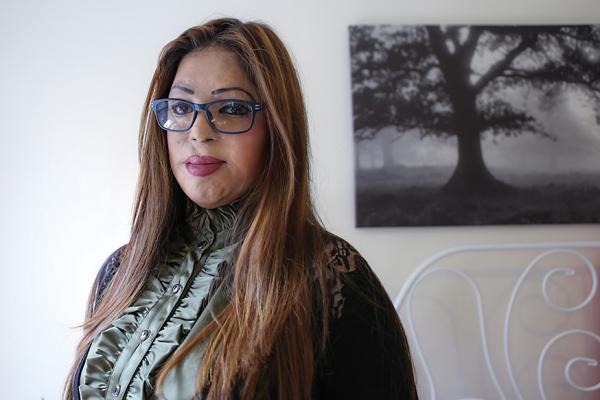“I JUST TURNED 19 that April, the age a girl blossoms. I was attractive. I was a fashion student in Delhi. Two months later, driving my car in Lucknow, just like that, I was cooked, finished!”
Now 30, Monica Singh, throws back her head, with its reconstructed face, the product of 46 painful operations, and laughs with real gusto at this unseemly cosmic joke. I find myself, uneasily, laughing with her.
We are sitting in Gregory’s Coffee near Times Square in New York City. It is a January evening. The café is nearly empty, and the overhead lighting seems to be struggling to push back the darkness pressing in against the window. Singh is unfazed by this Hopperesque tableau.
In the weeks after her spurned suitor hired men to pour a bucket of acid over her, she was confined to a cage-like cubicle to protect her from infectious contact. “It was like being in a coffin,” she said. “People were looking at me from a distance. I felt like an animal in the zoo. But in my mind, I was already walking, going back to school, imagining that I didn’t open my car door to the men on the bicycle, that I didn’t leave the house that day.”
Read the Full Article

